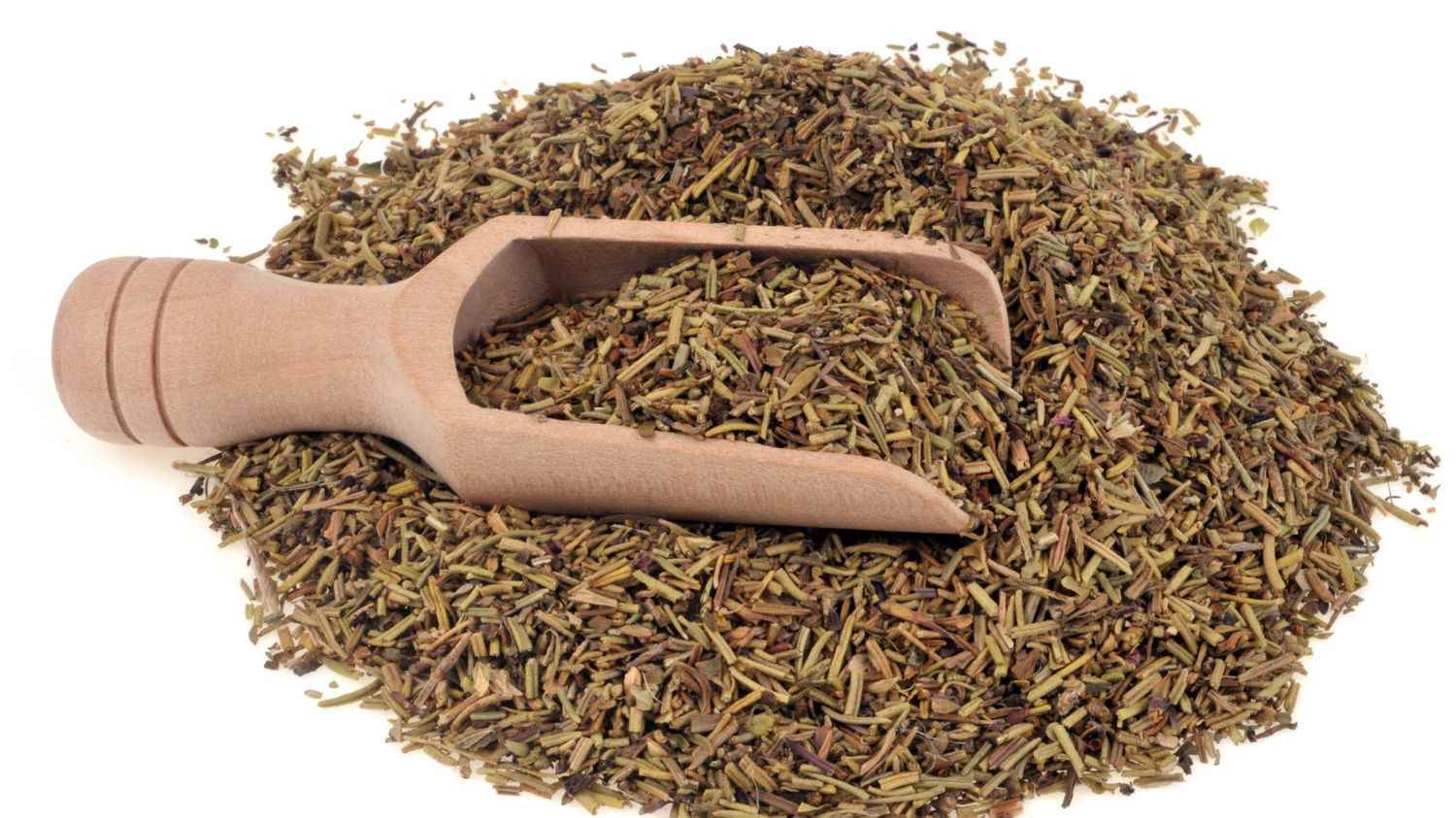Everyone has it. But the problem is that we find everything among the herbs of Provence, whether they are sold in supermarkets or on the markets. In fact, the name “herbs of Provence” is a trade name which is not subject to any regulation. This means that manufacturers are free to make their own mixture. Knowing that the plant common to almost all of these mixtures is rosemary.
If you want to be certain of the composition of Herbes de Provence, the only solution is to opt for references with the Red Label. Because this sign of quality requires the presence of four plant species, namely rosemary, savory, oregano and thyme. But be aware that when Herbes de Provence are sold in bulk, in certain stores or open-air markets, they cannot display the Red Label.
What there is to know
Apart from this Red Label, other quality criteria exist. In particular the mention “cultivated” Where “harvested” in Provence. It is to be preferred. If nothing is indicated, the herbs are most likely imported, most often from Poland, or even from Morocco, Spain and Albania.
Apart from that, it is useful to check the degree of purity of the mixture: it must be composed essentially of leaves and not of pieces of wood, stems or dust. If the mix is pre-packaged, look closely at the bottom of the bag or jar, as this is where impurities collect.
To test their aroma, the ideal is to be able to take a little bit of Provence herbs between your fingers, crush them, smell and wait a few seconds to check the persistence of the aroma. Finally, if the mixture is yellowish, do not buy it: this is a sign of poor drying, and consequently, of a poor quality of aroma.
